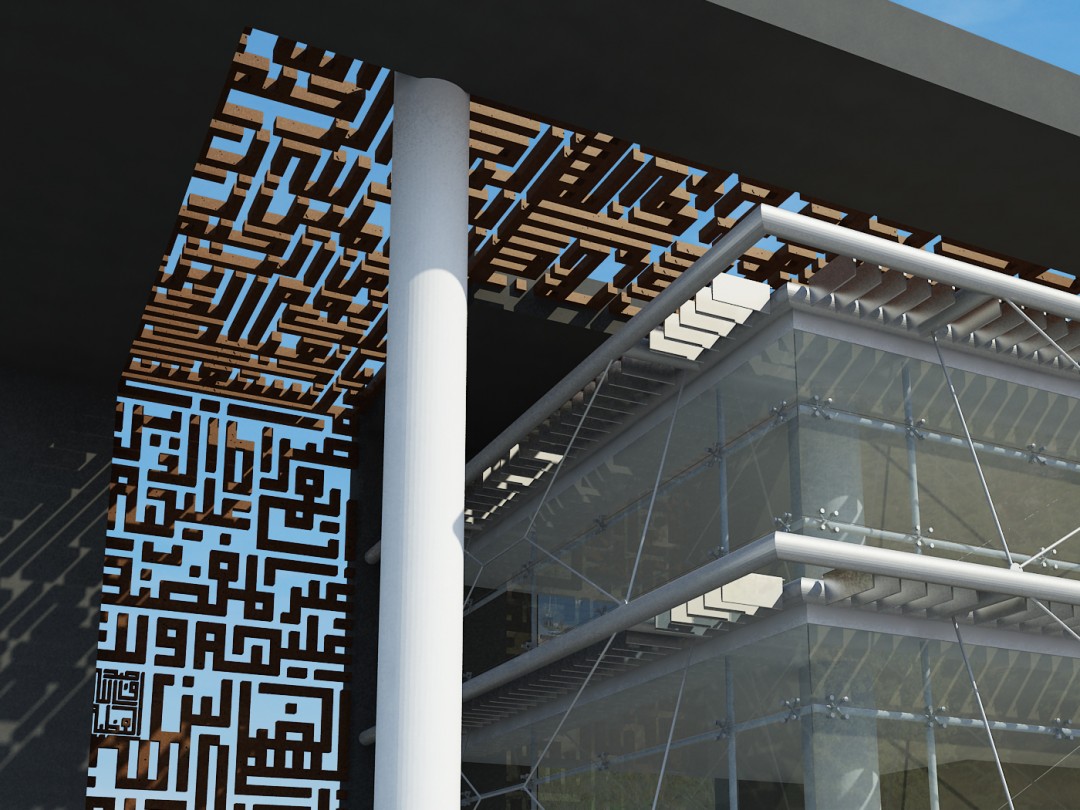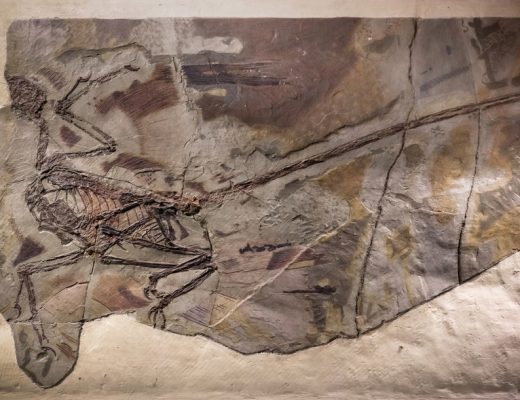Toni Sleiman is a Lebanese born architect residing between the UAE and KSA. A prominent character in the industry, he specializes in conceptual architecture, designing and executing beautiful and distinctive visual facades for his projects in the Middle East. He has also produced various projects in Europe. We sat with Toni in order to learn more about his work in architecture. Here is the full interview:
How did you come to choose concept architecture as a profession?
I believe two main elements collaborate in the creation of an architect: Talent and the curiosity of exploration. These are determinant factors in the upbringing of an architect. When I was a child, I had an interest in art and the exploration of monuments and cities. Having been brought up with this drive for creativity instigated the most of my determination for architecture. I do not think it is an immediate process of choice; it is something one chooses every day. It grows with an individual.
How do you believe architecture influences you as an individual?
I do not believe that at any given point in your life it changes your core as a person. However, it is one of the factors that mold a human being. Passion makes it easy; it eases out the process, we only work for the result of this passion. A true architect puts himself in things that do not resemble his identity for the purpose of creativity. Architecture is the science of places, and places are everywhere. To be able to contribute to that science gives an architect a great sense of satisfaction.
Tell us about a specific monument or persona that has influenced your architectural work?
I believe that each architect is influenced by a certain figure; I am an admirer of the progressive works of Renzo Piano. He has redefined European architecture, and is one of the creators of my favorite Parisian monument “The George Pompidou Center”. I also believe Egyptian realist Hassan Fathy has contributed exceptionally to the world of urban planning and the advocacy of practical architecture.
We know that you were born and raised in Lebanon; do you find it challenging to be able to conceptualize monuments that differ from the culture you best identify with?
There is a golden rule that answers your question. Architecture should never be imported. Each country has its own urban culture and the needs of citizens living in specific conditions vary accordingly. A building or monument created should serve a number of purposes. Given the conditions that vary according to the surroundings, what we create should be considerate of the lifestyle and needs that people have. An architect is a doctor that identifies with people’s behavior; design should be behavior driven, and not just pretty to look at.
What type of monuments do you find most challenging to conceptualize?
It is not a matter of challenge; I think the most interesting part of architecture for me is designing for the public sector. Public monuments should be beautiful because they belong to everyone; it is based on an architect’s ability to portray the culture within a city, and hence adds value to the lifestyle of a mass population.
We know that you also taught architecture, what advice would you give to young aspiring architects?
I advise them to be patient and to care for the details. An architect can make no mistakes because never under any circumstance can a monument be concealed. Architecture is not engineering, and it is not only built out of practice. They should never forget the element of art while designing. Care for the art, and care for the tactic, and by tactic, I mean the usefulness of space in an efficient manner.
To see more of the architect’s work visit their website.




